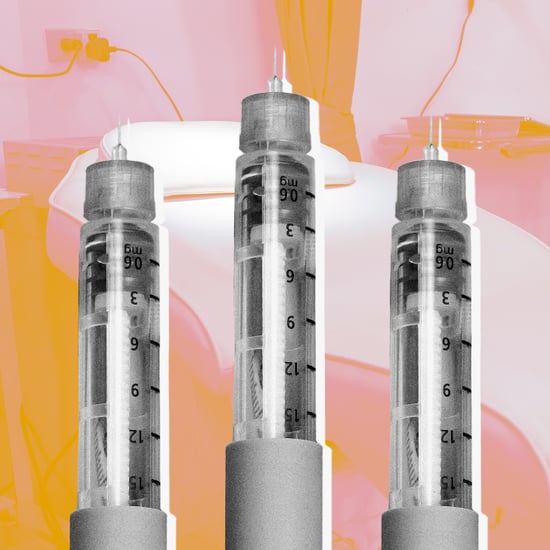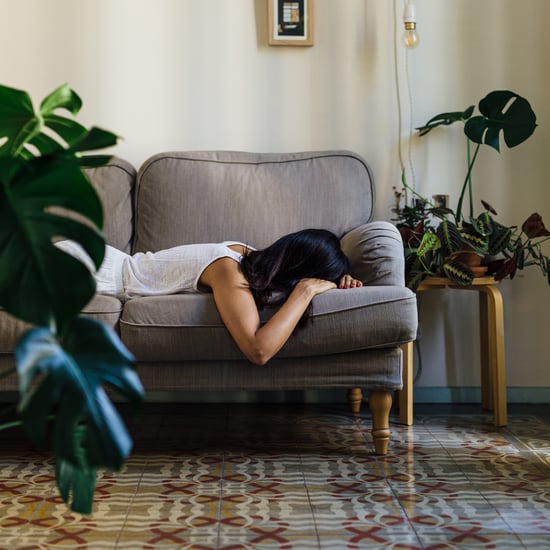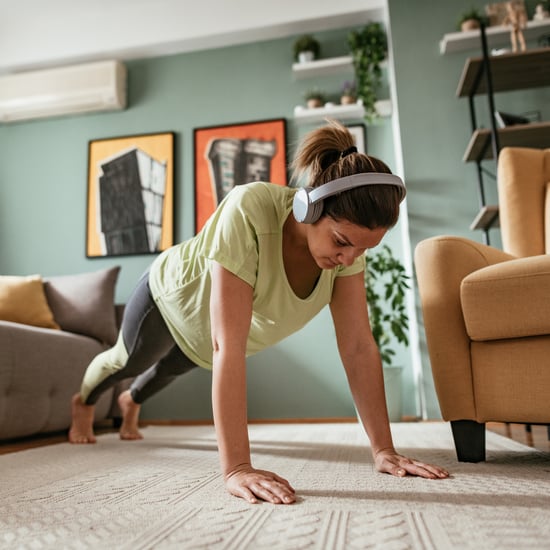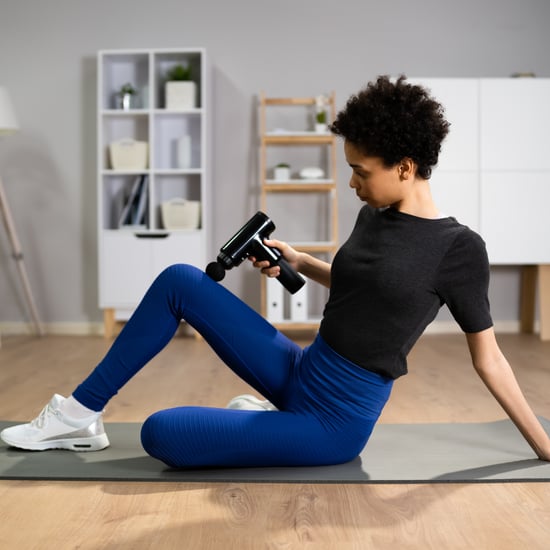CDC Changes COVID Quarantine and Isolation Time
Confused by the CDC's New COVID Isolation and Quarantine Guidelines? Here's What We Know
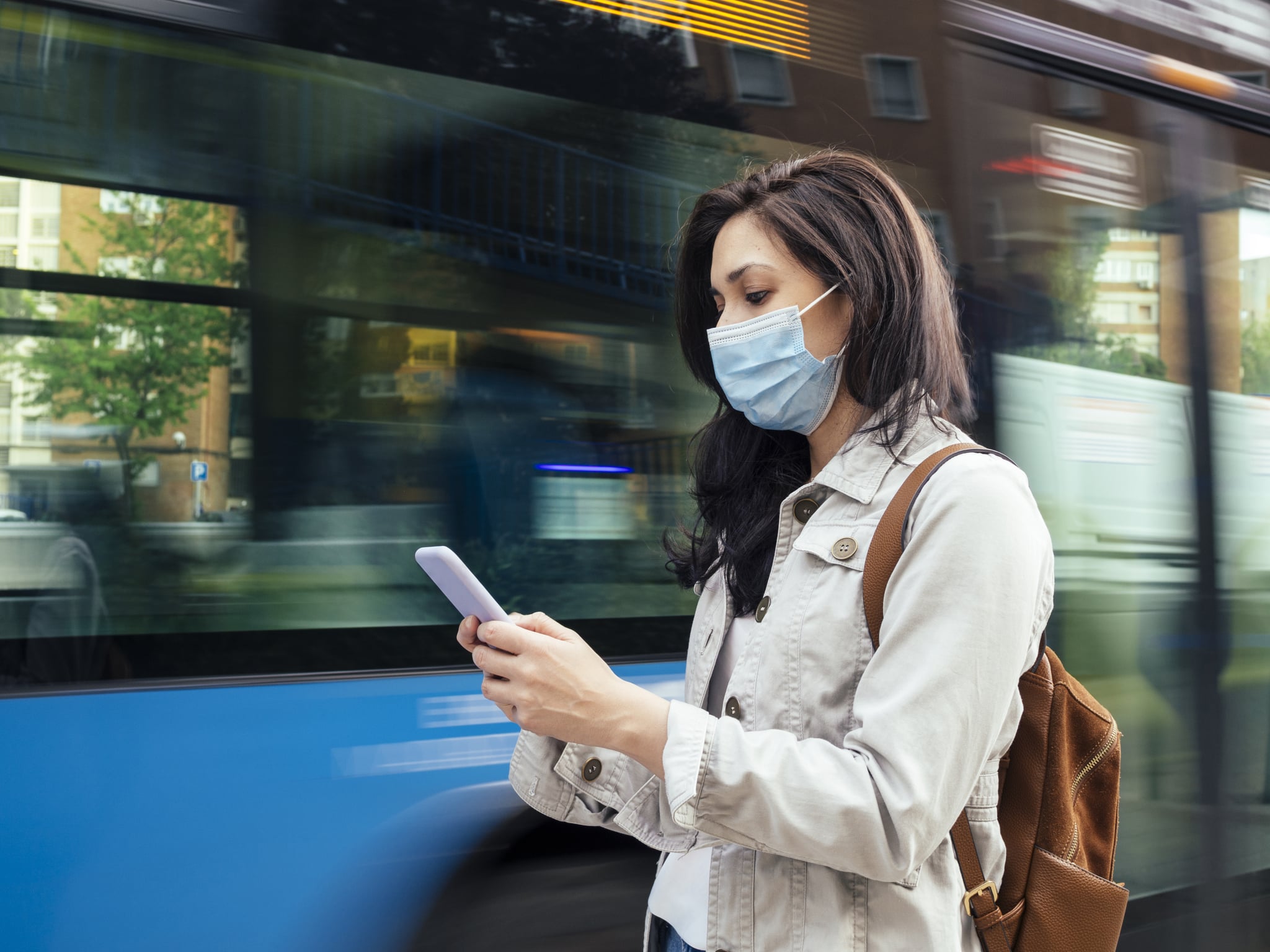
Updated Jan. 5, 2022: When the CDC announced decreased COVID-19 quarantine and isolation times for the general public on Dec. 27, there was no mention of needing a negative COVID test to leave isolation. This led to criticism from external medical professionals, and on Jan. 4, the CDC updated guidance on its (separate) quarantine and isolation page to say that if COVID-positive people (with or without symptoms) have access to a rapid antigen test and want to take it, they can do so toward the end of their recommended five-day isolation period. Testing in order to leave isolation, however, is not a requirement.
The CDC instructs COVID-positive people with symptoms to "[c]ollect the test sample only if you are fever-free for 24 hours without the use of fever-reducing medication and your other symptoms have improved (loss of taste and smell may persist for weeks or months after recovery and need not delay the end of isolation)." Regardless of whether or not you are symptomatic: "If your test result is positive, you should continue to isolate until day 10. If your test result is negative, you can end isolation, but continue to wear a well-fitting mask around others at home and in public until day 10."
Please note that the CDC has since made updates that may impact the information provided in POPSUGAR's original article on the reduced quarantine and isolation times, seen ahead. For instance, the CDC now recommends that people who received the two-dose Pfizer vaccine get a booster shot five months after vaccination, as opposed to six months. Additionally, it says on the quarantine and isolation page as of now that if you had COVID within the last 90 days, you are among the group of people who don't need to quarantine upon exposure, which the CDC did not indicate on Dec. 27 when it announced the change in quarantine and isolation recommendations. More questions? Check out the CDC's FAQ page.
Original post, Dec. 28, 2021: On Dec. 27, the CDC changed the recommended COVID-19 quarantine and isolation times — aka, the amount of time that you should quarantine after a known exposure and isolate following a positive COVID test. In a press release, the CDC stated that the change is consistent with what we know about transmissibility.
CDC Director Rochelle Walensky, MD, MPH, said in a statement that the Omicron variant, which is currently the most dominant COVID-19 variant in the US, is "spreading quickly and has the potential to impact all facets of our society." Dr. Walensky continued, "CDC's updated recommendations for isolation and quarantine balance what we know about the spread of the virus and the protection provided by vaccination and booster doses."
Ahead, check out a breakdown of these updated recommendations for COVID quarantine and isolation, plus a handy chart to quickly answer your questions. This CDC noted that its recommendations "do not supersede state, local, tribal, or territorial laws, rules, and regulations."
How Long Should You Quarantine For COVID-19 If You're Asymptomatic?
Exposed to someone who has tested positive for COVID-19? Recommendations for quarantine defer depending on your vaccination status. The CDC advises that all exposed people test at day five after exposure. (You'll want to test when your viral load is high enough to be detected, especially if you're relying on at-home rapid tests).
CDC Guidelines If You're Unvaccinated or Eligible For a Booster but Not Boostered
The CDC now recommends quarantining for five days followed by strict masking for an additional five days in the presence of others for the following groups of people:
- Those who are unvaccinated.
- Those who are more than six months out from completing their two-dose regimen of Pfizer or Moderna vaccines and haven't received a booster.
- Those who are two months out from their single-dose Johnson & Johnson vaccine and haven't received a booster.
Note: if you can't quarantine for five days and are exposed, the CDC says to wear a "well-fitting mask" for 10 days after exposure when around others.
CDC Guidelines For Recently Vaccinated or Boostered Groups
The CDC says that you should wear a mask for 10 days after the exposure when around others if you belong to the following groups:
- People who've received their booster shot.
- People who've received the Pfizer or Moderna vaccines within the past six months (and are not yet eligible for booster shots).
- People who've received the Johnson & Johnson vaccine within the past two months (and are not yet eligible for booster shots).
Note: no indication of quarantine is mentioned for the above groups of people.
How Long Should You Isolate If You Have COVID-19?
If you've tested positive for COVID, the CDC says you should be isolating for five days instead of the earlier recommendation of 10 days. If you don't have symptoms or they're subsiding, you can leave isolation after five days, but you're encouraged to wear a mask around other people for at least five more days. "The change is motivated by science demonstrating that the majority of SARS-CoV-2 transmission occurs early in the course of illness, generally in the 1-2 days prior to onset of symptoms and the 2-3 days after," the CDC stated in a media release. This applies to everyone regardless of vaccination status, and there's no mention of needing a negative COVID test to leave isolation.
On Dec. 23, the CDC also shortened isolation times for healthcare workers specifically. In general, they can go back to work after seven days and a negative COVID test within 48 hours of returning. Read up here on more guidelines for healthcare workers who are critically ill and for hospitals who are implementing contingency or crisis strategies due to staff shortages.
TLDR: Here's a Chart For Isolation and Quarantine Times
The CDC recommends the same isolation guidelines regardless of vaccination status if you test positive for COVID-19. Recommended quarantine protocols differ depending on vaccination status. If you are a healthcare worker returning to work, reference the recommended CDC guidelines mentioned above or adhere to your state's established laws. The following chart is based on the guidelines mapped out in the CDC's update here.
| Vaccination Status | You Were Exposed to COVID-19 | You Tested COVID Positive |
|---|---|---|
| You are boosted | Wear a mask around other people for 10 days, and test on day 5, if possible. If symptoms occur, quarantine until you get a negative test and can be sure you don't have COVID-19. | Stay home for 5 days. If you have no symptoms or your symptoms are resolving after those 5 days, you can end your isolation. However, continue to wear a mask around others for 5 more days. If you have a fever, stay home until it resolves. |
| You have been fully vaccinated with Pfizer/Moderna within the last 6 months or with Johnson & Johnson within the last 2 months | Wear a mask around other people for 10 days, and test on day 5, if possible. If symptoms occur, quarantine until you get a negative test and can be sure you don't have COVID-19. | Stay home for 5 days. If you have no symptoms or your symptoms are resolving after those 5 days, you can end your isolation. However, continue to wear a mask around others for 5 more days. If you have a fever, stay home until it resolves. |
| You were vaccinated with Pfizer/Moderna over 6 months ago or with J&J over 2 months ago and are not boosted | Quarantine for 5 days, then wear a mask around others for another 5 days. Test on day 5 if possible. If you can't quarantine, wear a mask for 10 days. If you experience symptoms, get tested and stay home. | Stay home for 5 days. If you have no symptoms or your symptoms are resolving after those 5 days, you can end your isolation. However, continue to wear a mask around others for 5 more days. If you have a fever, stay home until it resolves. |
| You are unvaccinated | Quarantine for 5 days, then wear a mask around others for another 5 days. Test on day 5 if possible. If you can't quarantine, wear a mask for 10 days. If you experience symptoms, get tested and stay home. | Stay home for 5 days. If you have no symptoms or your symptoms are resolving after those 5 days, you can end your isolation. However, continue to wear a mask around others for 5 more days. If you have a fever, stay home until it resolves. |
POPSUGAR aims to give you the most accurate and up-to-date information about the coronavirus, but details and recommendations about this pandemic may have changed since publication. For the latest information on COVID-19, please check out resources from the WHO, the CDC, and local public health departments.
